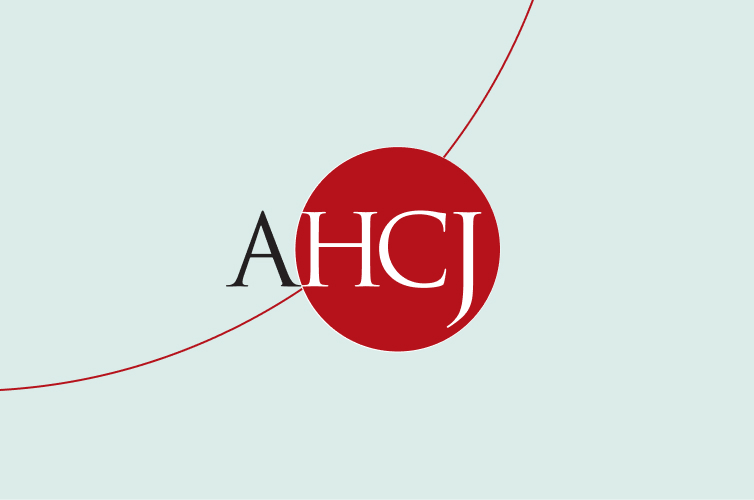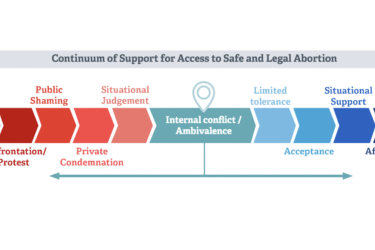|
|
By Gianluca Bruttomesso
It's going to get hot this fall for the Italian health care system. The minister of the economy, Giulio Tremonti, has already said so: After the summer, the first act of federalism will be ready.
Standard health care costs will be defined, which means determining the amount necessary to keep Italians healthy, starting with what "virtuous regions" spend, (meaning those regions with their balance sheets in order: Emilia-Romagna, Lombardy, Tuscany and Veneto). A saving on standard costs of at least 4 billion euro is expected.
However, there are a few questions. Italy spends a lot less on health care than 15 other European nations, which allocate 9.2 percent of their GDP compared with our 8.7 percent. This figure is even less than the Organization for Economic Cooperation and Development average (8.9 percent). If it is true that the Italian public health care system is ranked second worldwide (according to the WHO), why on earth does it have to be subjected to limits and deliberate deceleration in development? Have we really gone so far that we can't afford a universal health care service anymore?
"Equal distribution is the first reason that the national health care service exists," said economist Federico Spandonaro, of the University of Rome. He prepares the annual "Rapporto Ceis Sanità," an assessment of Italian health care trends.
"Therefore, considering how it is financed, our first question should be: Do we want this level of equal distribution or are we willing to give it up?"
Asked if a federalistic approach to the health care system could help solve the problem, or risk making things worse, Spandonaro adds:
"Federalism in the health care system is already a concrete fact, a few unresolved questions about equal distribution and financing still remain. Also, to complete the federalistic design, two main orders of problems – fiscal federalism and "essential levels of assistance," known as LEA – need to be dealt with." (The livelli essenziali di assistenza (LEA) are the levels of essential care which must be guaranteed nationwide.)
Problems of (un)equal distribution are not improving, which confirms that national and regional polices have been incapable of finding a solution. A reduction in "catastrophic expenses" for health care has been recorded this year, though 850,000 families still require this type of service.
But the real cause for concern is the condition of 300,000 families, impoverished after sustaining health-related expenses. Economic forecasts are pessimistic, and this could compound the problems that more fragile families already have face.
With regard to financing, the scarce growth expected for the GDP, on one hand, allows government-allocated resources for the health care system to remain constant with reference to the GDP. On the other hand, low growth could cause cuts between financing and costs (influenced by contracts, the aging population, technology and the need to invest in the regions in more disastrous conditions – both from a financial and an organisational/service-related standpoint).
It could also force regions to resort to raising co-payments or placing outright limits on the qualitative levels of care.
Available information and estimates regarding cost evolution imply that regions could be €3-4 billion "short" in 2009, and that figure could rise to €10 billion in 2010.
Spandonaro warns that further problems are in the wings:
"If equal distribution and financing (with the inability of some regions to govern their regional health care programs) are the main (negative) result, two problems still obstruct complete federalism. Firstly, without a shared fiscal federalistic mechanism (here we're talking about the distribution of financing, not the comprehensive amount), the current institutional structure risks remaining incomplete and leaving regional autonomy detached from its relative financial responsibility."
In summing the real challenge for the Italian health care system for the next few decades, Spandonaro says:
"Citizens' rights must be guaranteed, specifically regarding essential care levels (LEA). In other words, we need to find a happy medium between acceptable differences (connected to federalism) and uniformity in fundamental rights (connected with the LEA). This seems to be the real challenge for the future.
"The two areas are clearly inseparable. We cannot, for example, set acceptable criteria for financing and/or equal distribution if we are not reasonably sure that we have accurate figures about efficiency levels of regional programs.
"But, having criteria for comparison in this area would require the ability to monitor different aspects, in particular the LEA, and the different needs of the general population.
"Practically speaking, spending less does not necessarily indicate greater efficiency, since data distorted by differences in the needs and/or problems with quality (such as LEA guaranteed only on paper) can be hidden in the figures. In essence, spending less because we have a population with fewer needs, or because the quality of service is lower, is not a sign of efficiency."
Gianluca Bruttomesso is an independent journalist, responsible for external relations of Unamsi, the National Union of Italian Medical Writers. He is a member of AHCJ and the author of seven books on medical and public health topics.








